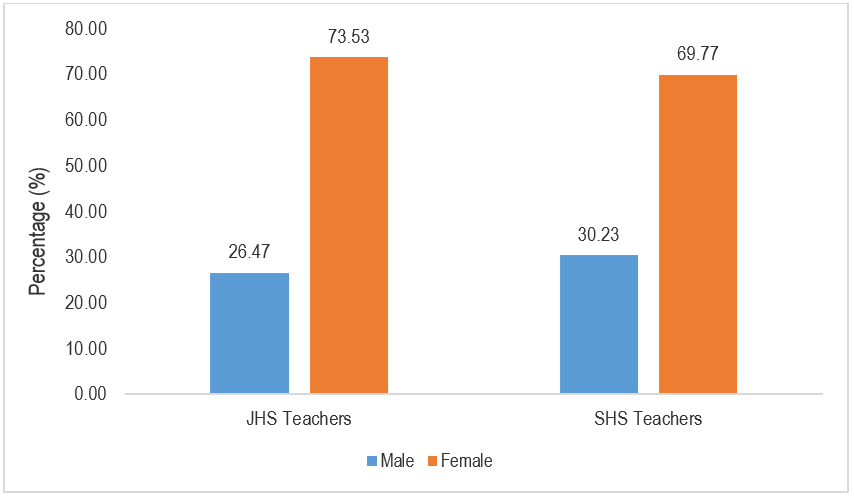The learning continuum of living reproduction: Generating a curriculum grid based on students' cognitive levels
DOI:
https://doi.org/10.22219/jpbi.v6i3.13660Keywords:
Learning continuum, living things reproduction, curriculum education, level of cognitive processes, biology subjectsAbstract
One of the overlapping curriculum designs indicates the mismatch of teaching materials with the cognitive level process and student development, impacting the unstructured qualification of mastery of the material. On the other hand, the breadth and depth of teaching materials in the curriculum must be following students' mental development and level of cognitive processes. This study aims to collect the opinions of science teachers in junior high schools and biology teachers in high schools about the learning continuum design on reproducing living things. The method used is a survey. The study population is a hypothetical population with a convenience sample. The sample involved in this study were 111 teachers in Bantul Regency and Yogyakarta City. The data collection method used a questionnaire distributed through four subject teachers' conference (MGMP). The data obtained were analyzed using descriptive analysis. The results showed several sub-aspects of reproduction of living things that cannot be taught in elementary schools. The material for propagating fungi, protists, bacteria, and viruses starts in grade VII with a cognitive level of C1 (remembering), after previously students received material about types of animals and plants in grade VI (elementary school). Furthermore, the material on reproductive anatomy and physiology can only be given to class IX with cognitive level C2 (understanding) and continued in class X and XI with cognitive level C4 (analyzing). Especially for reproductive anatomy and physiology, fungi were introduced to class VII with C1 level cognitive processes (remembering). This teacher opinion generates a learning continuum grid that can help policymakers improve educational curriculum.Downloads
Download data is not yet available.

Downloads
Published
2020-11-30 — Updated on 2020-11-30
Issue
Section
Holistic Learning
License
Copyright (c) 2020 Trilipi & Subali

This work is licensed under a Creative Commons Attribution-ShareAlike 4.0 International License.
Authors who publish with JPBI (Jurnal Pendidikan Biologi Indonesia) agree to the following terms:
- For all articles published in JPBI, copyright is retained by the authors. Authors give permission to the publisher to announce the work with conditions. When the manuscript is accepted for publication, the authors agree to automatic transfer of the publishing right to the publisher.
- Authors retain copyright and grant the journal right of first publication with the work simultaneously licensed under a Creative Commons Attribution-ShareAlike 4.0 International License that allows others to share the work with an acknowledgment of the work's authorship and initial publication in this journal.
- Authors are able to enter into separate, additional contractual arrangements for the non-exclusive distribution of the journal's published version of the work (e.g., post it to an institutional repository or publish it in a book), with an acknowledgment of its initial publication in this journal.
- Authors are permitted and encouraged to post their work online (e.g., in institutional repositories or on their website) prior to and during the submission process, as it can lead to productive exchanges, as well as earlier and greater citation of published work (See The Effect of Open Access).

This work is licensed under a Creative Commons Attribution-ShareAlike 4.0 International License.

















